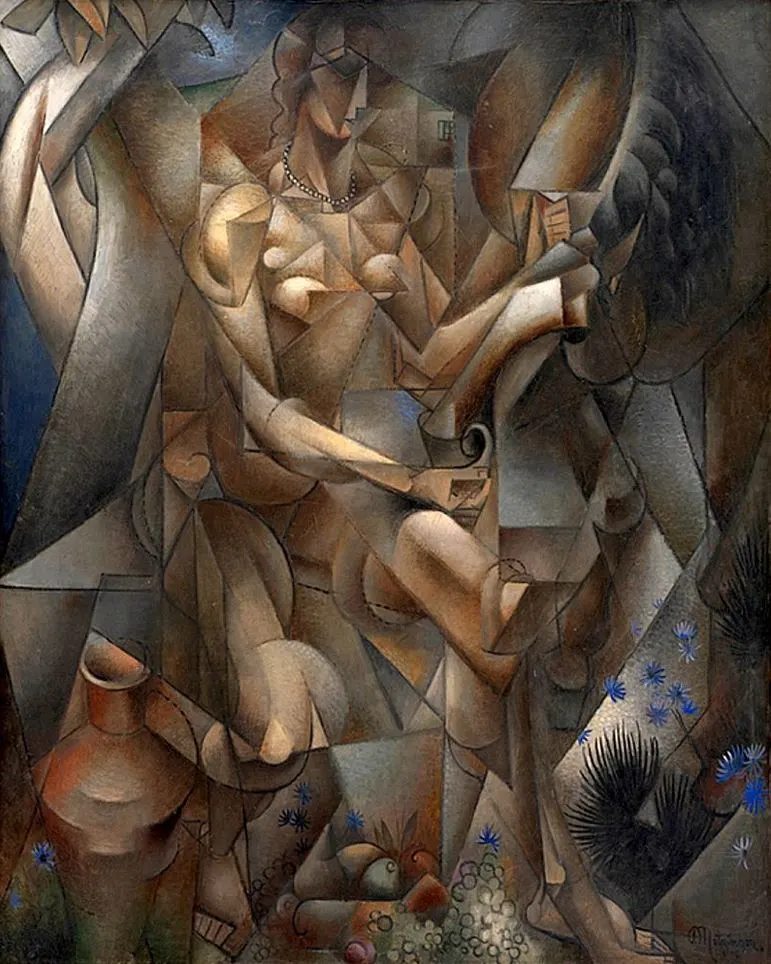In the heart of the Danish capital city of Copenhagen, you can find a fascinating museum that houses an incredible collection of fine art.
The Statens Museum for Kunst (SMK) is the National Gallery of Denmark and has a history that dates back to the year 1750.
This was the year that an Art Chamber was established to house the collection of Danish monarch Frederick V of Denmark (1723-1766).
To ensure he didn’t have to be shy about his collection of art at the height of the flamboyant Rococo era, he made several important acquisitions, including several Flemish and Dutch paintings.
Together with his existing collection, these works formed the base of the museum that was established in 1896. This was the year that the opulent Renaissance Revival building was completed and opened to the public.
A modern extension was added to the back of the original building and was completed in 1998 to house the museum’s growing collection of modern art.
The museum holds over 9,000 paintings and sculptures, over 240,000 drawings and prints, and about 2,600 plaster casts.
So what are some of the most famous paintings at the Statens Museum for Kunst? In this article, you’ll find out!
1. Christ as the Suffering Redeemer – Andrea Mantegna
- Date created: 1488-1500
- Dimensions: 78 × 48 centimeters (31 × 19 inches)
Christ as the Suffering Redeemer is a painting by the Italian artist Andrea Mantegna (1431-1506) and a very significant painting in the collection of the Statens Museum for Kunst. It was acquired by King Frederick V of Denmark in 1763 to improve the quality of his collection.

He felt like he needed a major Renaissance painting to ensure that the quality of his collection was on par with that of other monarchs in Europe. Before it moved to Denmark, it was owned by the Gonzago family in Rome, a prominent noble family in Italy.
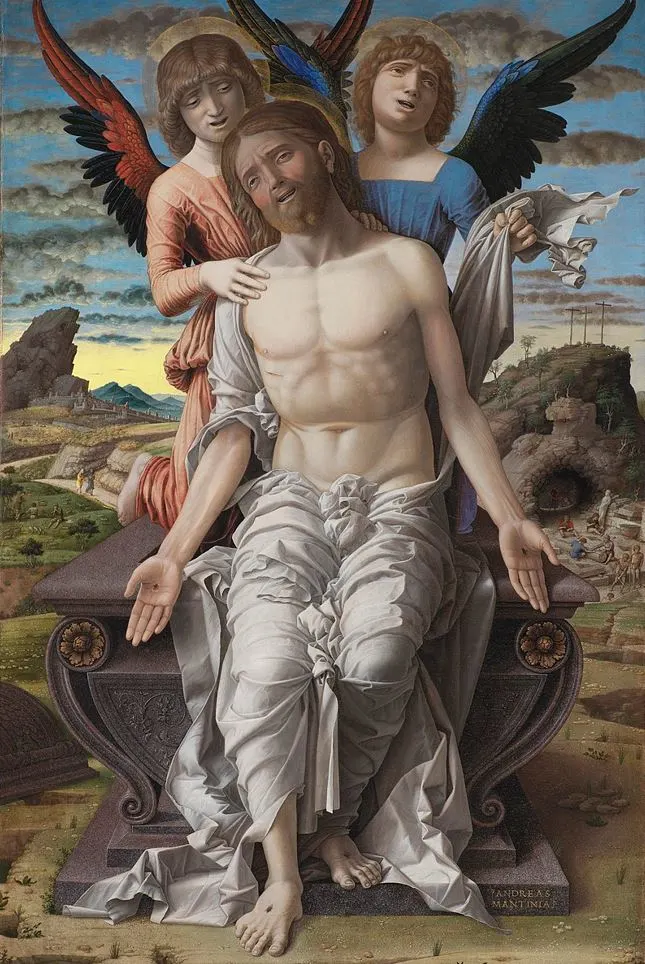
2. The Judgement of Paris – Lucas Cranach the Elder
- Date created: 1527
- Dimensions: 50.5 x 38 centimeters (19.8 x 14.9 inches)
The Judgement of Paris is one of many paintings by Lucas Cranach the Elder (1472-1553) in the collection of the National Gallery of Denmark. The German artist was one of the leading figures of the Northern Renaissance and mainly painted religious and mythological paintings.
This work depicts the myth of Paris, the prince of Troy who was chosen to pick the most beautiful girl among goddesses Hera, Athena, and Aphrodite. He chose Aphrodite because she bribed him by offering him Helen of Troy. He ran off with the beautiful Helen and this event led to the Trojan War.
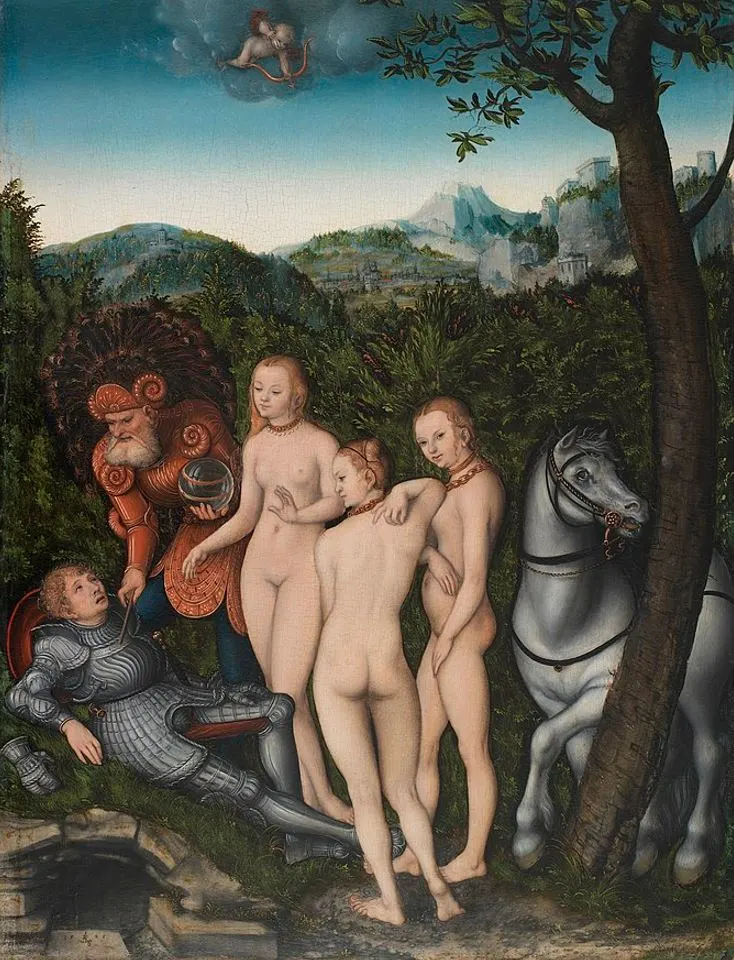
3. The Fall of the Titans – Cornelis van Haarlem
- Date created: 1588-1590
- Dimensions: 239 × 307 centimeters (94 × 121 inches)
The Fall of the Titans is a monumental painting by Cornelis van Haarlem (1562-1638), a Dutch artist who lived at the beginning of the Dutch Golden Age. The Mannerist painter was a renowned portraitist and one of the most influential artists in the early phase of this remarkable period in Dutch history.
This mythological work depicts the Titans who were members of the second class of divine beings. They were overthrown by Cronus’s children and sent to Tartarus, the Greek version of Hell. This huge work of art became part of the Danish Royal collection in 1621 when it was purchased by King Christian IV of Denmark.
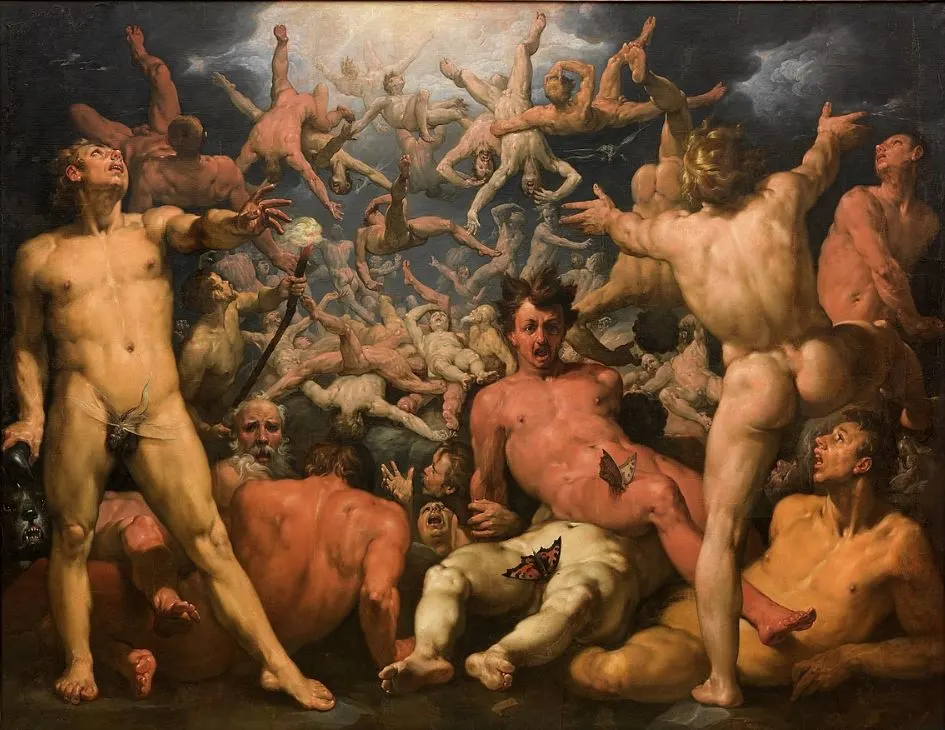
4. The Judgement of Solomon – Peter Paul Rubens
- Date created: 1617
- Dimensions: 234 x 303 centimeters (92.12 x 119.29 inches)
The Judgement of Solomon is another huge painting by Peter Paul Rubens, the Flemish master who developed a type of Baroque painting that makes his works easy to recognize. It depicts a remarkable story from the Book of Kings in the Bible regarding two prostitutes.
Both gave birth to a child around the same time and after one of the children died, Solomon ordered to have the living cut in half with a sword. The true mother gave up her half to save the child and this solved the issue. The cold demeanor of the false mother wearing a solver dress reveals her identity.

5. Gerhard Morell – Johann Salomon Wahl
- Date created: 1765
- Dimensions: 78 x 62.5 cm (30.7 x 24.6 inches)
The Portrait of Gerhard Morell is a painting by Johann Salomon Wahl (1689-1765), the man who became the curator of the Art Chamber of the Danish Royal family. Remarkably, Morell was his successor in this position and an important figure in the expansion of the Danish Royal collection in the 18th century.
Morell purchased several paintings for the Danish King during his tenure and also established the art gallery at the Christenborg Palace. This remained the location of the Danish Royal collection until a fire destroyed the palace and the new National Gallery of Art was opened in 1896.
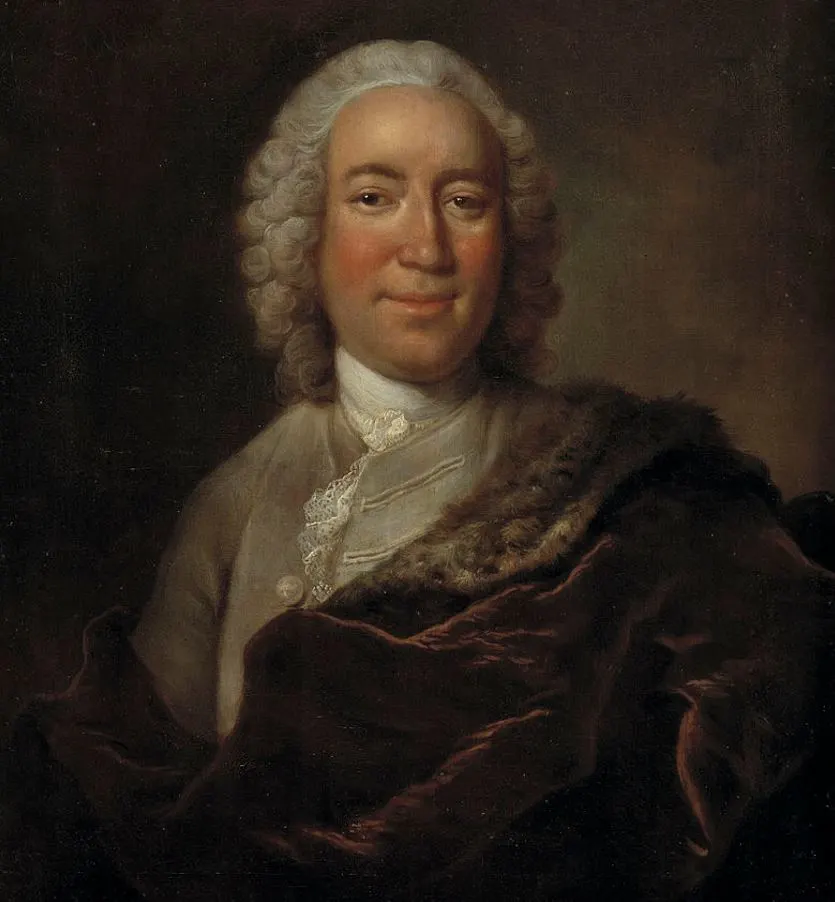
6. View from the Artist’s Window – Martinus Rørbye
- Date created: 1825
- Dimensions: 38 x 29.8 centimeters (14.96 x 11.73 inches)
View from the Artist’s Window is one of the most fascinating paintings in the oeuvre of Martinus Rørbye (1803-1848), a Danish artist who is best known for his genre paintings and landscapes. This artist of the Romantic era is considered to be the leading figure of the Golden Age of Danish painting in the early 19th century.
This work was painted when the artist was still in his early twenties and depicts the view outside of his window at his parents’ house. It shows the Flådestation Holmen, a naval dockyard of the Danish Royal Navy. It’s arguably one of the most interesting Romantic paintings ever completed and is full of symbolic elements.
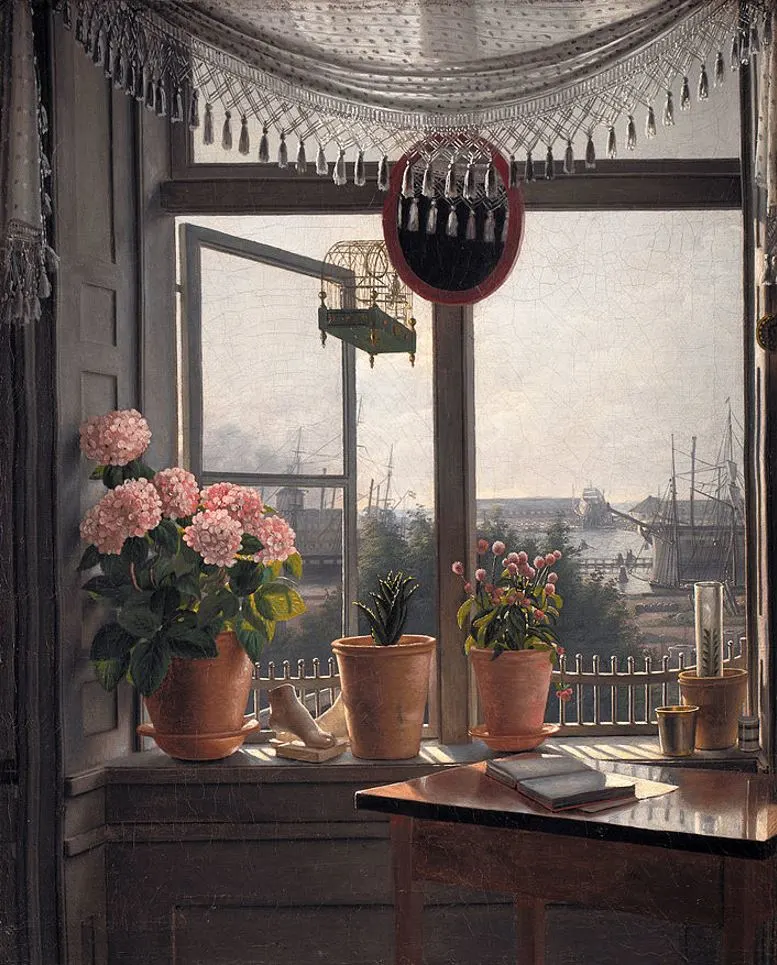
7. The Waagepetersen Family – Wilhelm Bendz
- Date created: 1830
- Dimensions: 99.5 × 88.5 centimeters (39.2 × 34.8 inches)
The Waagepetersen Family is the title of a painting by Wilhelm Bendz (1804-1832), another Danish painter who mainly focused on portraits during his short career. He was a very talented artist with a promising career ahead of him but died young from the complications of a lung infection during a trip to Italy.
This painting depicts Christian Waagepetersen (1787-1840), a rich wine merchant, and his wife Albertine Waagepetersen. They are accompanied by two of their three children in their home at Store Strandstræde in Copenhagen. Today, the huge Neoclassical Waagepetersen House has been converted into 32 apartments.

8. In a Roman Osteria – Carl Bloch
- Date created: 1866
- Dimensions: 148.5 × 177.5 centimeters (58.5 × 69.9 inches)
In a Roman Osteria is the title of a painting by Danish painter Carl Bloch (1834-1890), a man who was greatly inspired by the paintings of Rembrandt. The painting was commissioned by one of Bloch’s personal friends, a businessman named Moritz G. Melchior.
The painting depicts the interior of a Roman Osteria, a typical Italian place where food and wine are served. These are relatively small snack houses where you can grab a quick bite. The Roman people on the table in the foreground are joined by a table featuring Danish businessmen, including Melchior.
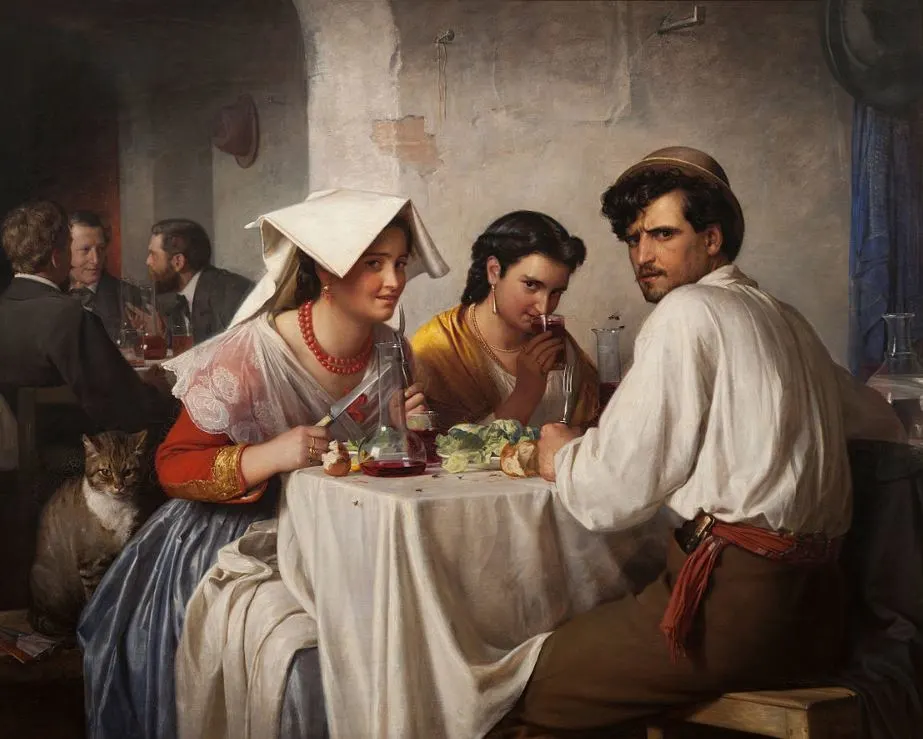
9. The Green Stripe – Henri Matisse
- Date created: 1905
- Dimensions: 40.5 × 32.5 centimeters (15.9 × 12.8 inches)
The Green Stripe is the title of a painting by Henri Matisse (1869-1954) that is also sometimes referred to as the “Portrait of Madame Matisse.” This is a reference to the depicted woman, Amélie Noellie Matisse-Parayre, who was the artist’s wife.
This Fauvism painting was completed at the height of this influential art movement in the early 20th century and emphasizes the use of unnatural colors that defines it. Some art historians see the green stripe on Amélie’s face as a sign of trouble in their marriage.
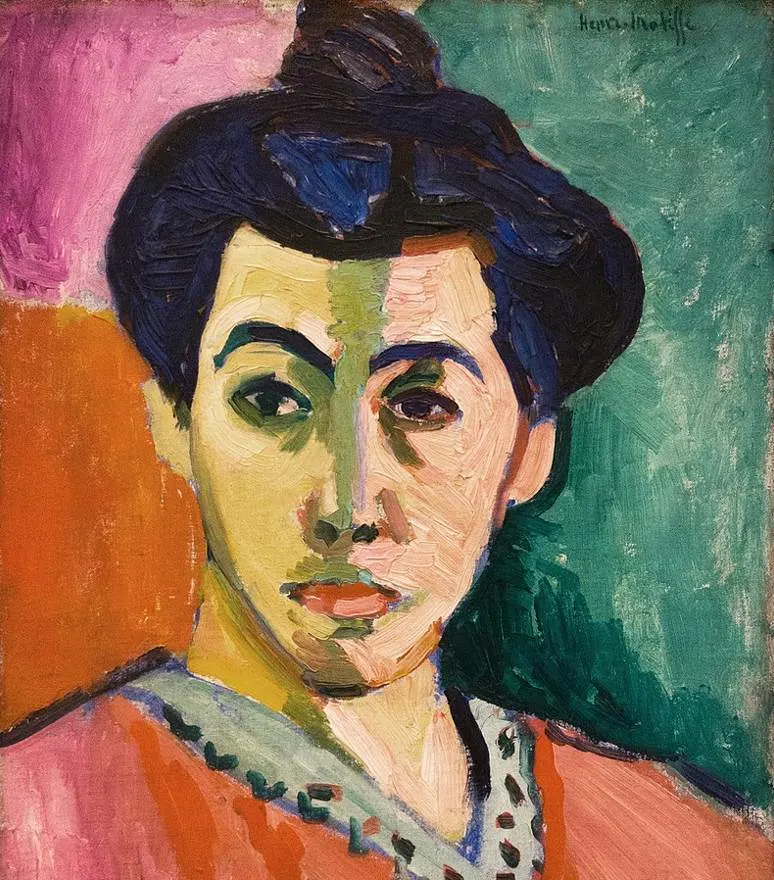
10. La Femme au Cheval (Woman with a horse) – Jean Metzinger
- Date created: 1911-1912
- Dimensions: 162 × 130.5 centimeters (63.8 × 51.2 inches)
La Femme au Cheval or “Woman with a Horse” is the title of a painting by Jean Metzinger (1883-1956), a very influential French artist and art theoretician of the first half of the 20th century. This Cubist painting was completed while Metzinger was developing this distinctive style.
The Cubist art movement revolved around disassembling elements of a painting and rearranging them in different areas. While some figures remained identifiable in the beginning, such as the woman and the horse’s head, these later transformed into abstract works of art.
